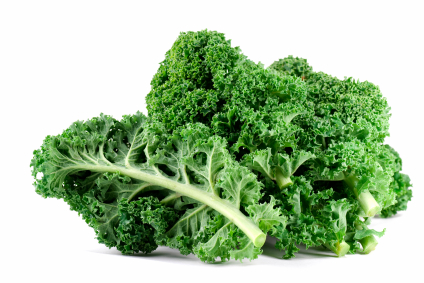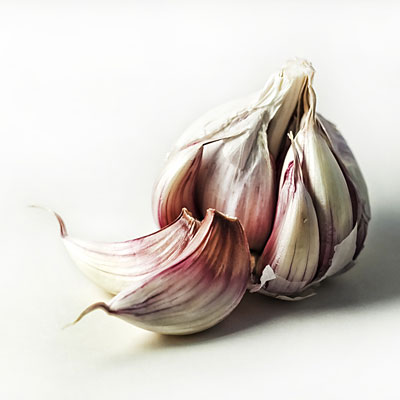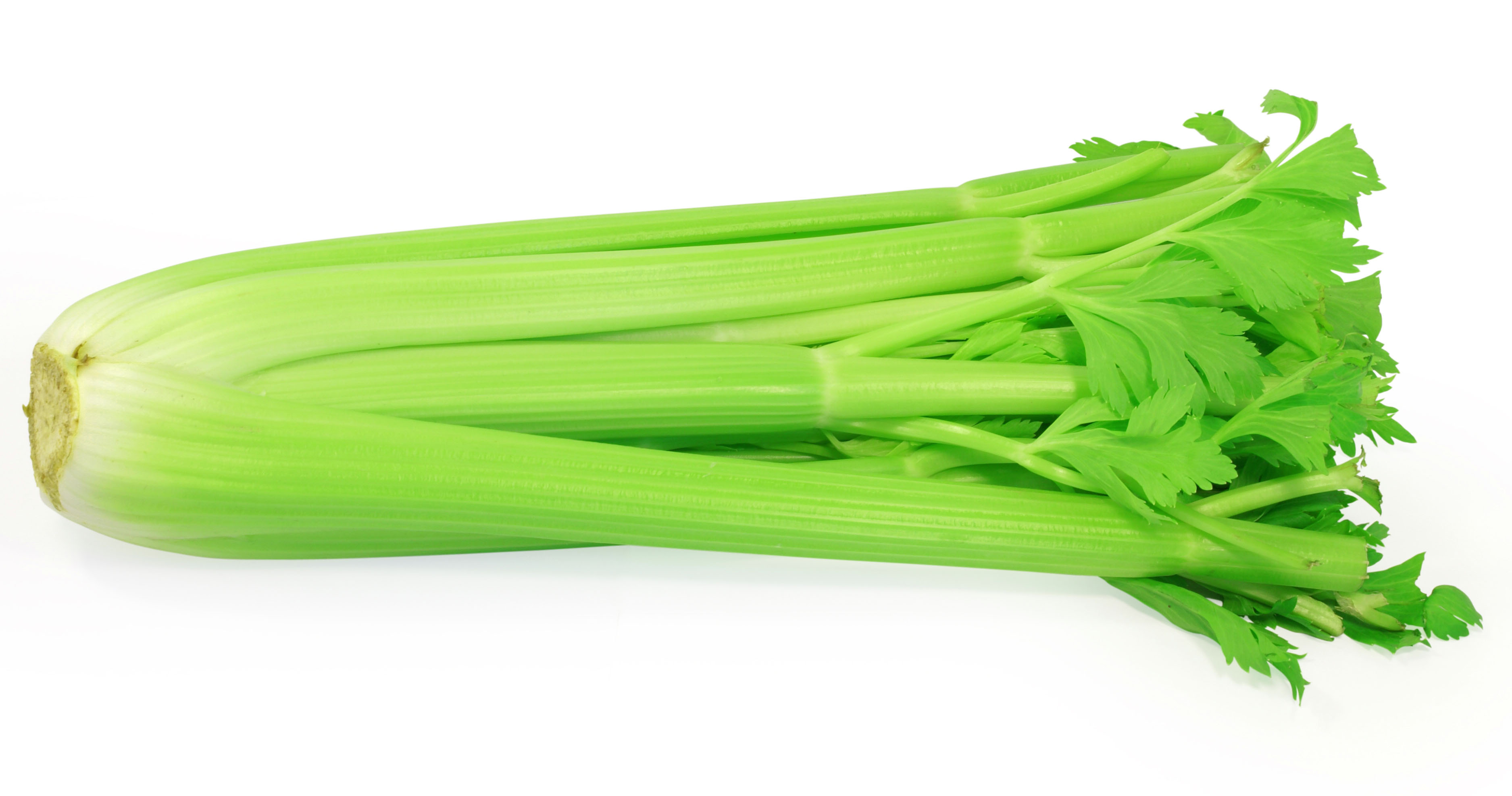16. Kale- 36 calories per cup

Kale is possibly the healthiest superfood around! One cup of kale has 5 grams of fiber and 0 grams of fat. It is great for aiding in digestion and elimination with its great fiber content. Per calorie, kale has more iron than beef. Iron is essential for good health, such as the formation of hemoglobin and enzymes, transporting oxygen to various parts of the body, cell growth, proper liver function and more. Kale is high in Vitamin K which can help protect against various cancers. It is also necessary for a wide variety of bodily functions including normal bone health and the prevention of blood clotting. Kale is a great anti-inflammatory food. One cup of kale is filled with 10% of the RDA of omega-3 fatty acids, which help, fight against arthritis, asthma and autoimmune disorders. Per calorie, kale has more calcium than milk, which aids in preventing bone loss, preventing osteoporosis and maintaining a healthy metabolism. Vitamin C is also helpful to maintain cartilage and joint flexibility. Kale is very versatile and easy to prepare. Try it simply sauteed with olive oil, garlic, salt and pepper. A classic kale soup is easy and delicious made with white beans and butternut squash. Be adventurous and make kale chips for a crunchy snack. Raw kale salad is scrumptious with avocado, diced red onion, lemon juice and roasted grapes.
17. Garlic- 4 calories per clove

Garlic is a wonderful seasoning to add aroma, taste, and added nutrition to your dishes. Garlic fights colds, battles cancer, and may even ward off urinary tract infections. A diet rich in garlic provides you with natural antimicrobial properties. To get the most health benefits out of this pungent bulb, let chopped or crushed garlic sit for 10 minutes before heating. This method helps it retain a third more of its cancer-fighting sulfur compounds than if it were cooked immediately.
18. Onions- 32 calories per half cup

Don’t hold the onions! I love onions! These flavorful bulb range from sweet to sharp in flavor. Onions, like garlic, are members of the Allium family, and are rich in sulfur-containing compounds that are responsible for their pungent odors and for many of their health-promoting effects.
A Few Quick Serving Ideas:
- Combine chopped onions, tomatoes, avocado, and jalapeno for an all-in-one guacamole salsa dip.
- To perk up plain rice, top with green onions (scallions) and sesame seeds.
- Healthy Sauteed chopped onions can enhance the flavor or almost any vegetable dish.
- Enjoy a classic Italian salad—sliced onions, tomatoes, and mozzarella cheese drizzled with olive oil.
19. Pumpkin- 30 calories per cup 

This low-calorie squash is rich in potassium and loaded with beta-carotene and its natural sweetness brings flavor to baked goods without any added guilt. Pumpkin is an often-overlooked source of fiber. It can keep you feeling full for longer on fewer calories. It’s a great source of vitamins A, C, and E, and packs potassium (great for lowering blood pressure) and copper. Eating pumpkin may even be good for diabetes; studies found two compounds in this vegetable, trigonelline and nicotinic acid. Don't toss those seeds! Pumpkins seeds are naturally rich in certain plant-based chemicals called phytosterols that have been shown in studies to reduce LDL or "bad" cholesterol. Try toasting them and sprinkling on some seasoning for a healthy snack.
20. Carrots- 22 calories per 1/2 cup
Carrots are very low in saturated fat and cholesterol. It is also a good source of thiamin, niacin, vitamin B6, folate and manganese, and a very good source of dietary fiber, vitamin A, vitamin C, vitamin K, and potassium. Carrots belong to the Umbelliferae family, named after the umbrella-like flower clusters that plants in this family produce. As such, carrots are related to parsnips, fennel, parsley, anise, caraway, cumin and dill.While we usually associate carrots with the color orange, carrots can actually be found in a host of other colors including white, yellow, red, or purple. In fact, purple, yellow and red carrots were the only color varieties of carrots to be cultivated before the 15th or 16th century.Carrots are delicious raw, steamed, pureed, sauteed...the possibilities are endless. Shredded raw carrots make great additions to salads. Combine shredded carrots, beets and apples, pour on some vinaigrette and enjoy as a salad.
21. Celery- 16 calories per cup
If you only think of celery as a crunchy, boring low-cal vegetable, it is time to think again. Celery is an important food source of conventional antioxidant nutrients, including vitamin C, beta-carotene, vitamin A and manganese. Crunchy, a little salty, packed with fiber and an incredibly high-volume food (meaning you can eat a lot for a few calories), celery is a chef’s secret weapon. Add celery to your salad, stir fry and even to you green smoothie recipes. Don't be scared!
22. Eggplant- 35 calories per cup
Eggplant belongs to the nightshade family of vegetables, which also includes tomatoes, sweet peppers and potatoes. They grow in a manner much like tomatoes, hanging from the vines of a plant that grows several feet in height. While the different varieties do range slightly in taste and texture, this vegetable can be generally described as having a pleasantly bitter taste and spongy texture. In addition to having a host of vitamins and minerals, eggplant also contains important phytonutrients.Although the deep purple variety is most popular, eggplant is also available in a cornucopia of other colors including lavender, jade green, orange, and yellow-white, as well as in sizes and shapes that range from that of a small tomato to a large zucchini.Most eggplant can be eaten either with or without their skin. However, the larger ones and those that are white in color generally have tough skins that may not be palatable. Eggplant can be baked, roasted in the oven, or steamed.
A Few Quick Serving Ideas
23. Cucumbers- 16 calories per cup
Cucumbers belong to the same botanical family as melons (including watermelon and cantaloupe) and squashes (including summer squash, winter squash, zucchini and pumpkin). Cucumbers provide a unique combination of nutrients and valuable antioxidant, anti-inflammatory, and anti-cancer benefits. In a technical sense, cucumbers are actually fruits, not vegetables. But we've become accustomed to thinking and referring to cucumbers as vegetables. They are affordable and are considered a hydrating food.
A Few Quick Serving Ideas

Carrots are very low in saturated fat and cholesterol. It is also a good source of thiamin, niacin, vitamin B6, folate and manganese, and a very good source of dietary fiber, vitamin A, vitamin C, vitamin K, and potassium. Carrots belong to the Umbelliferae family, named after the umbrella-like flower clusters that plants in this family produce. As such, carrots are related to parsnips, fennel, parsley, anise, caraway, cumin and dill.While we usually associate carrots with the color orange, carrots can actually be found in a host of other colors including white, yellow, red, or purple. In fact, purple, yellow and red carrots were the only color varieties of carrots to be cultivated before the 15th or 16th century.Carrots are delicious raw, steamed, pureed, sauteed...the possibilities are endless. Shredded raw carrots make great additions to salads. Combine shredded carrots, beets and apples, pour on some vinaigrette and enjoy as a salad.
21. Celery- 16 calories per cup

If you only think of celery as a crunchy, boring low-cal vegetable, it is time to think again. Celery is an important food source of conventional antioxidant nutrients, including vitamin C, beta-carotene, vitamin A and manganese. Crunchy, a little salty, packed with fiber and an incredibly high-volume food (meaning you can eat a lot for a few calories), celery is a chef’s secret weapon. Add celery to your salad, stir fry and even to you green smoothie recipes. Don't be scared!
22. Eggplant- 35 calories per cup

Eggplant belongs to the nightshade family of vegetables, which also includes tomatoes, sweet peppers and potatoes. They grow in a manner much like tomatoes, hanging from the vines of a plant that grows several feet in height. While the different varieties do range slightly in taste and texture, this vegetable can be generally described as having a pleasantly bitter taste and spongy texture. In addition to having a host of vitamins and minerals, eggplant also contains important phytonutrients.Although the deep purple variety is most popular, eggplant is also available in a cornucopia of other colors including lavender, jade green, orange, and yellow-white, as well as in sizes and shapes that range from that of a small tomato to a large zucchini.Most eggplant can be eaten either with or without their skin. However, the larger ones and those that are white in color generally have tough skins that may not be palatable. Eggplant can be baked, roasted in the oven, or steamed.
A Few Quick Serving Ideas
- For homemade babaganoush, purée roasted eggplant, garlic, tahini, lemon juice and olive oil.
- Mix cubed baked eggplant with grilled peppers, lentils, onions and garlic and top with balsamic vinaigrette.
- Stuff miniature Japanese eggplants with a mixture of feta cheese, pine nuts and roasted peppers.
- Add eggplant to your next Indian curry stir-fry.
- Use thick slices of eggplant to replace lasagna noodles for a delicious low carb Italian classic remix.
23. Cucumbers- 16 calories per cup

Cucumbers belong to the same botanical family as melons (including watermelon and cantaloupe) and squashes (including summer squash, winter squash, zucchini and pumpkin). Cucumbers provide a unique combination of nutrients and valuable antioxidant, anti-inflammatory, and anti-cancer benefits. In a technical sense, cucumbers are actually fruits, not vegetables. But we've become accustomed to thinking and referring to cucumbers as vegetables. They are affordable and are considered a hydrating food.
A Few Quick Serving Ideas
- Use half-inch thick cucumber slices as petite serving "dishes" for chopped vegetable salads.
- Mix diced cucumbers with sugar snap peas and mint leaves and toss with rice wine vinaigrette.
- For refreshing cold gazpacho soup that takes five minutes or less to make, simply purée cucumbers, tomatoes, green peppers and onions, then add salt and pepper to taste.
- Add diced cucumber to tuna fish or chicken salad recipes.
- Add a few slices to your water for a refreshing change up.
24. Swiss Chard- 35 calories per cup

Chard belongs to the same family as beets and spinach and shares a similar taste profile with a flavor that is bitter, pungent, and slightly salty. Swiss chard is not only one of the most popular vegetables along the Mediterranean but it is one of the most nutritious vegetables around. Foods belonging to the chenopod family—including beets, chard, spinach, and quinoa—continue to show an increasing number of health benefits not readily available from other food families. Countless research has shown that swiss chard has unique benefits for blood sugar regulation and anti-imflammatory benefits. With its very good supply of calcium and its excellent supply of magnesium and vitamin K, chard provides standout bone support. It is recommended that Swiss chard be boiled to free up acids. Discard the boiling water after cooking; do not drink it or use it for stock because of its acid content. Bring a pot of water to a rapid boil. Add chard to the boiling water. If stems are more than 1-inch wide, cook them for 2 minutes before adding the leaves. If less than 1 inch in width you can boil the leaves and stems together for 3 minutes. Begin timing as soon as you place the chard in the pot if you are using 1 pound or less of chard. If you are cooking large quantities of chard bring the water back to a boil before beginning timing the 3 minutes. Do not cover the pot when cooking chard. Leaving the pot uncovered helps to release more of the acids with the rising steam.
A Few Quick Serving Ideas
- Toss penne pasta with olive oil, lemon juice, garlic, and cooked Swiss chard.
- Add zest to omelets and frittatas by adding some boiled Swiss chard.
- Use chard in place of or in addition to spinach.
I enjoy your info. Please keep posting because this kniwled is most helpful.
ReplyDelete